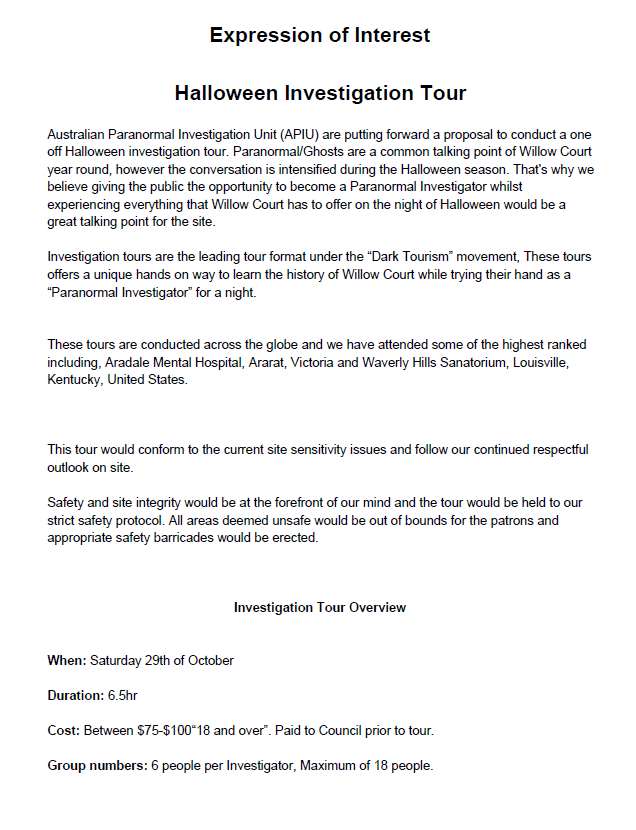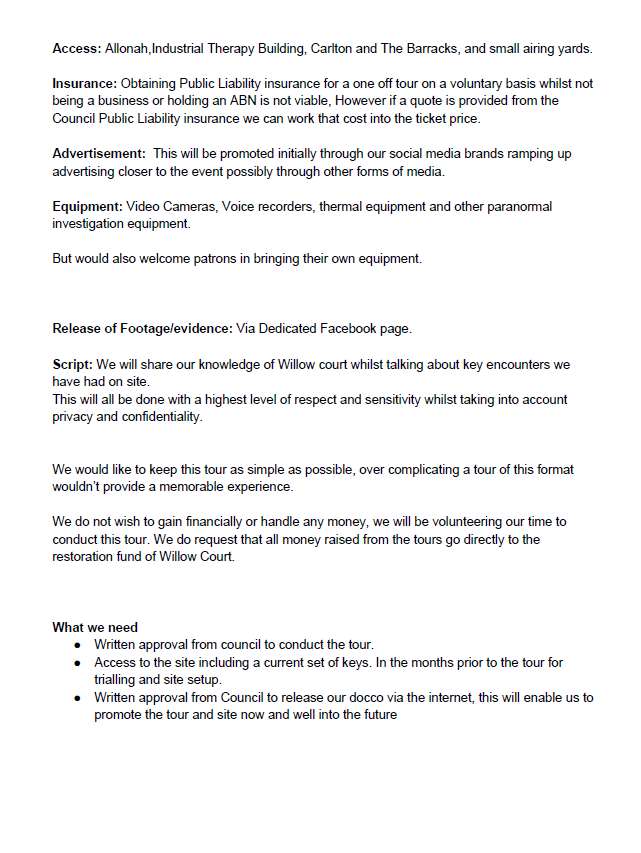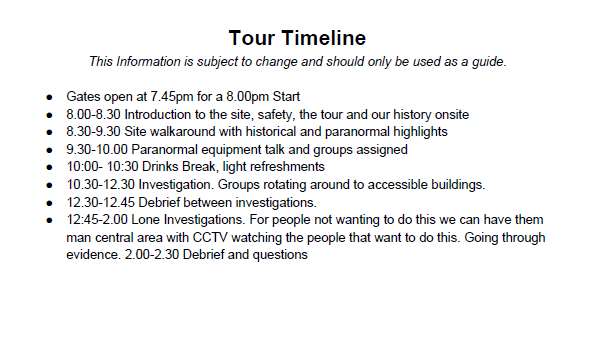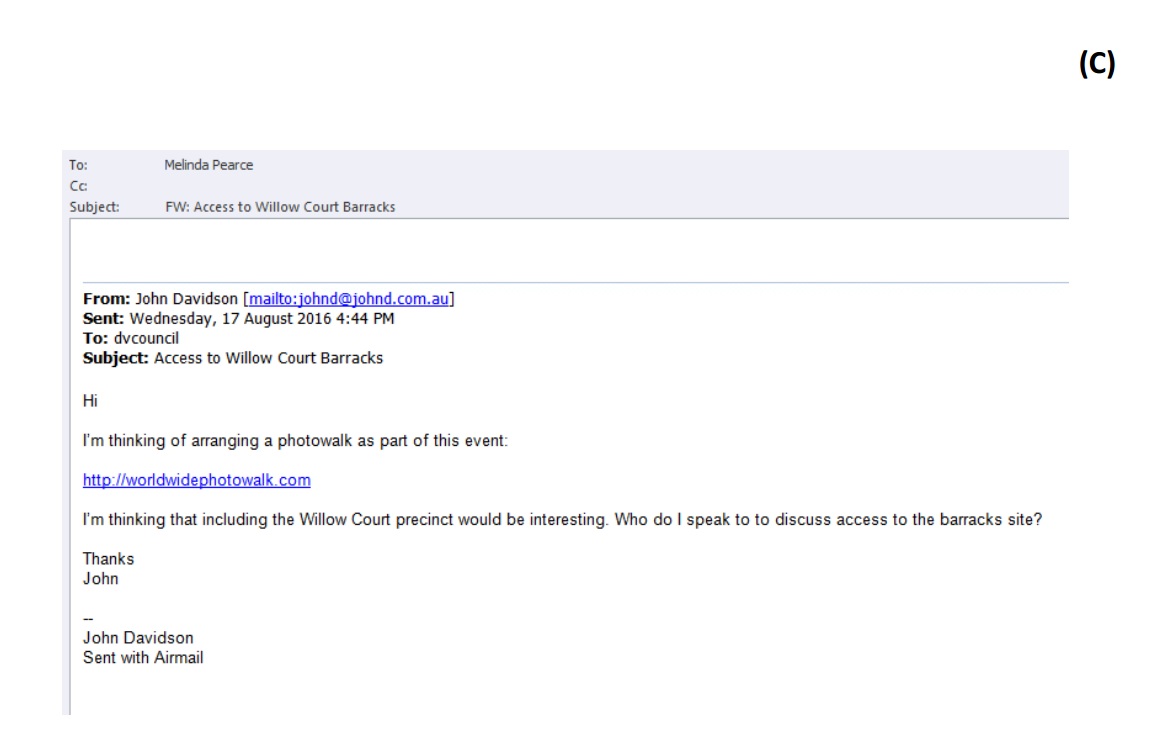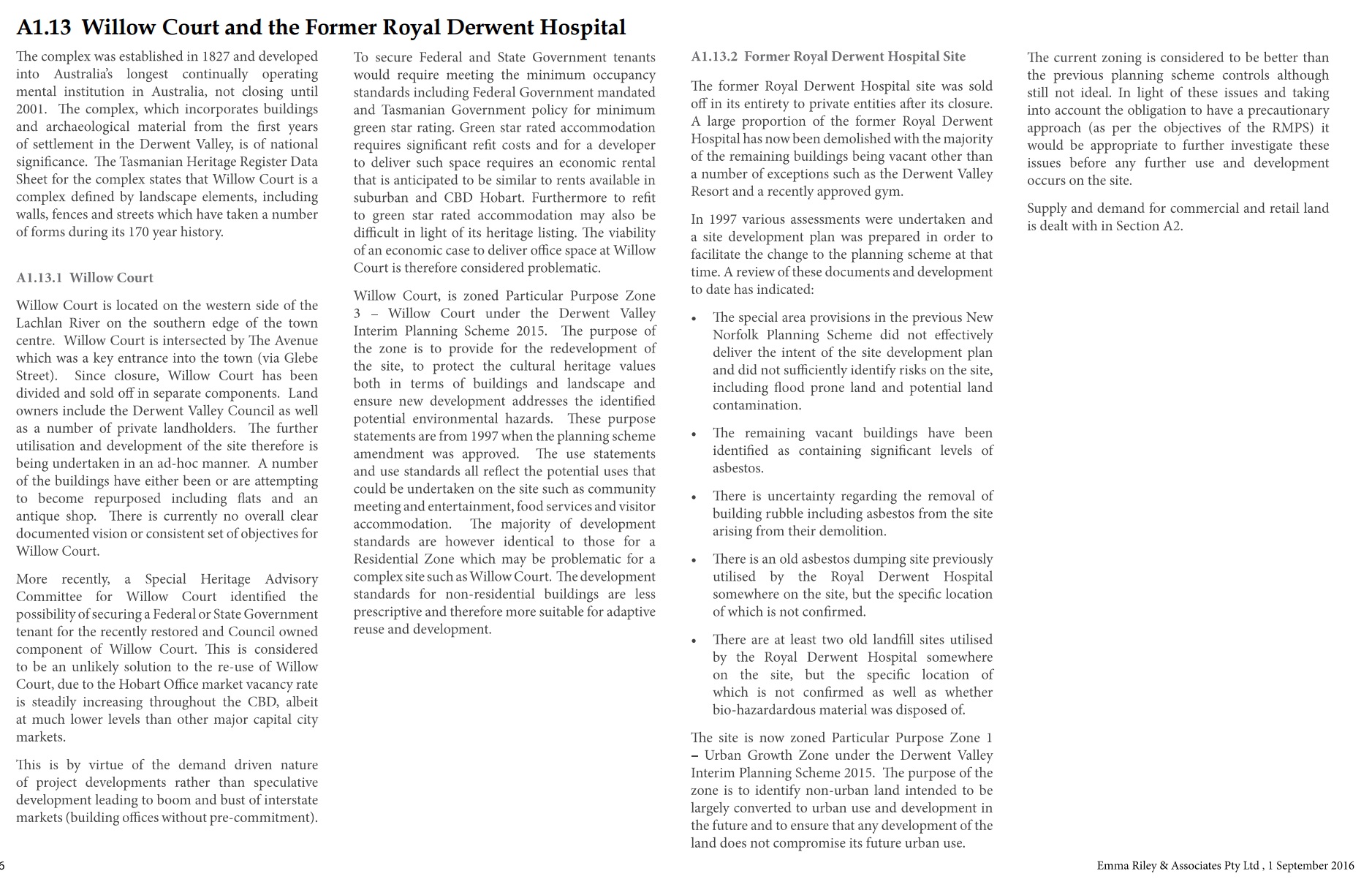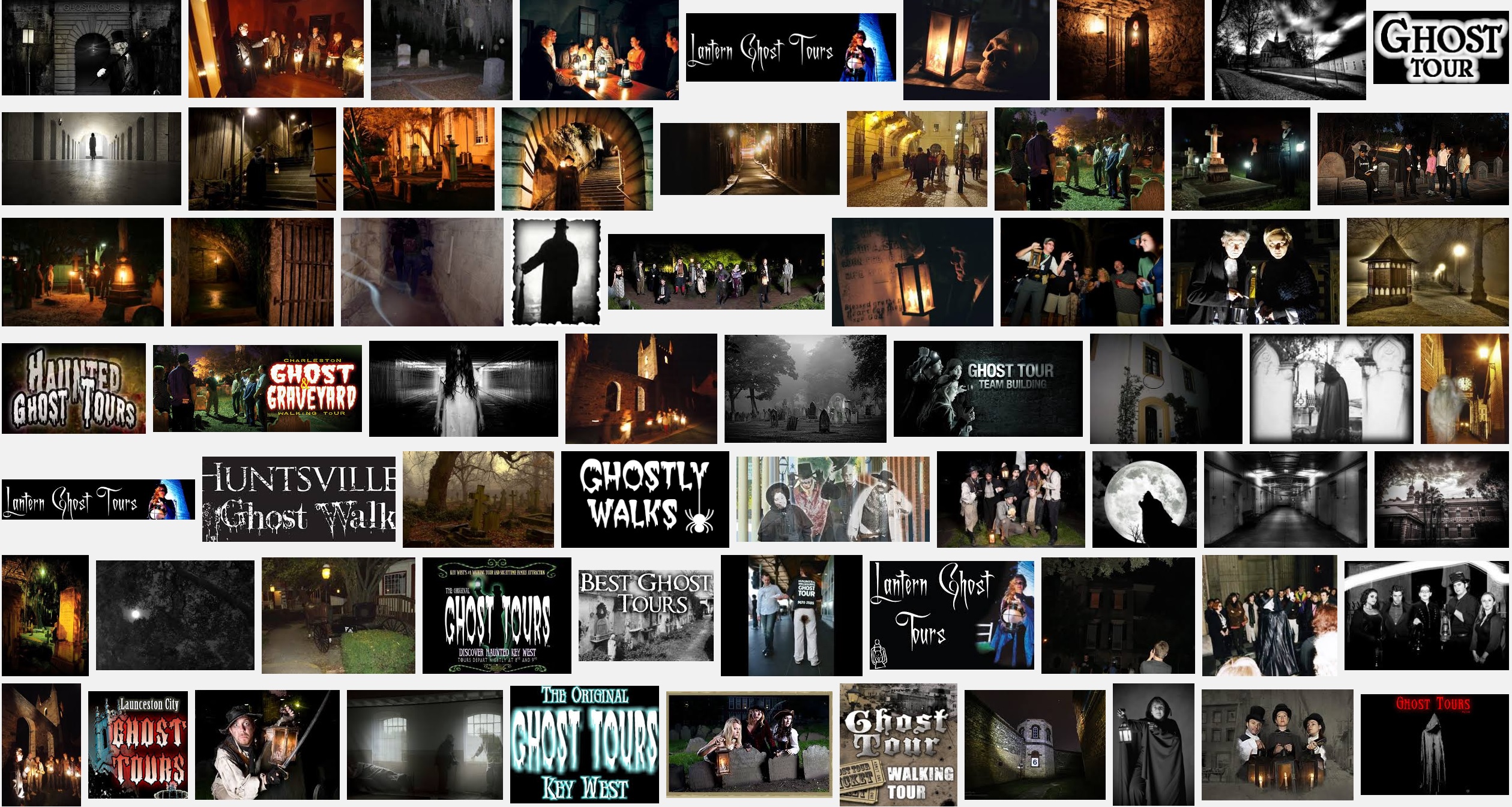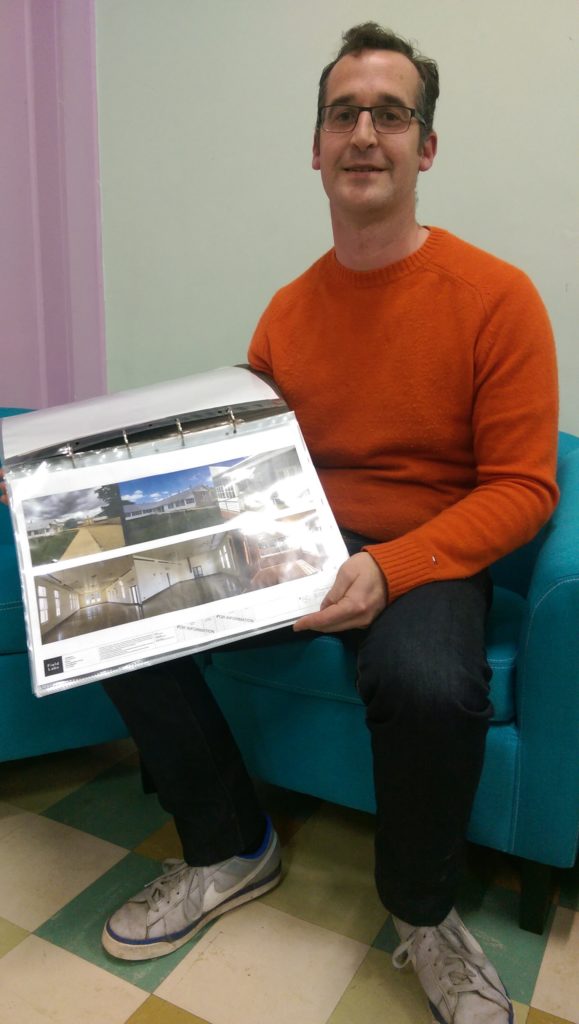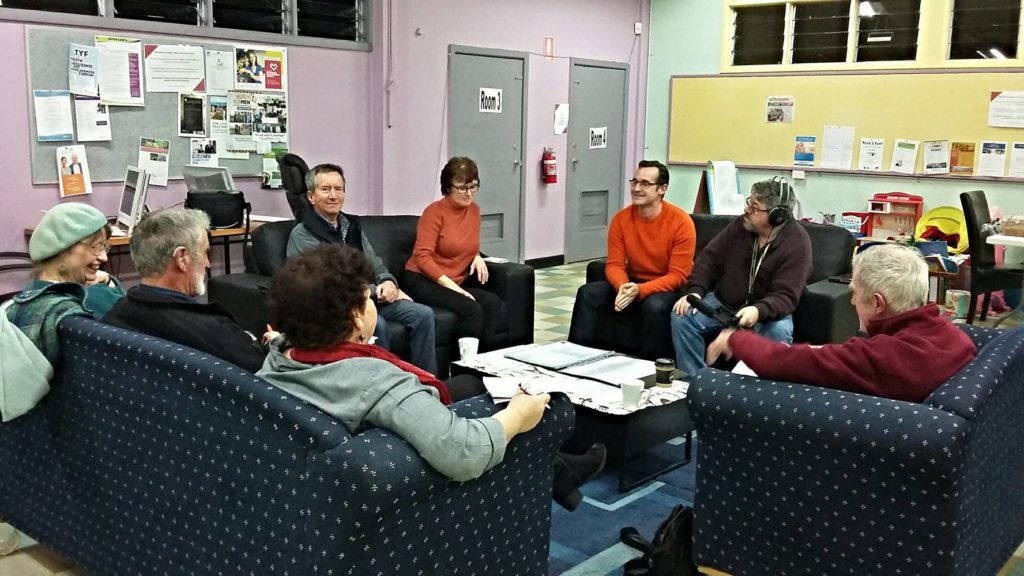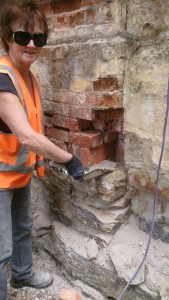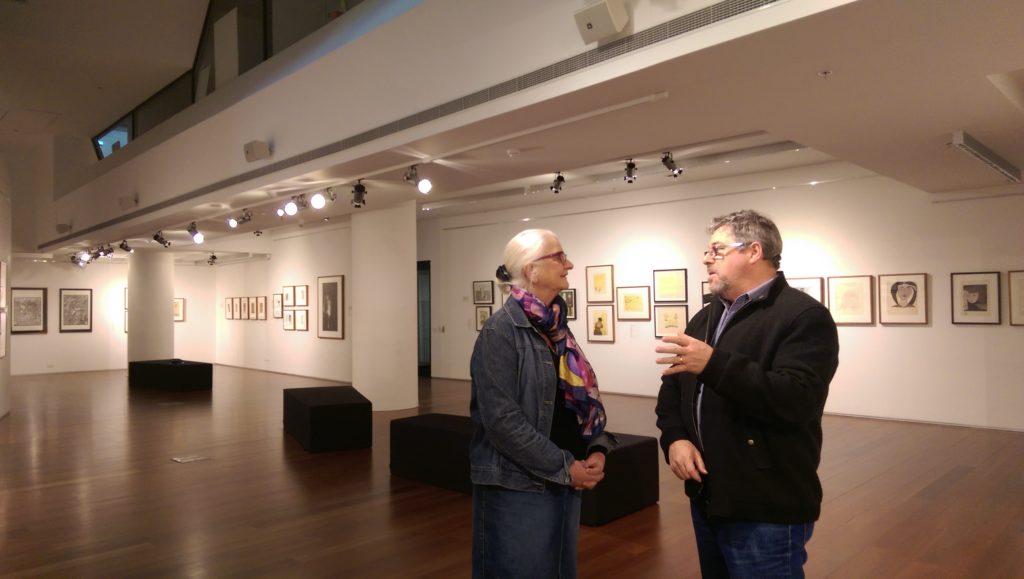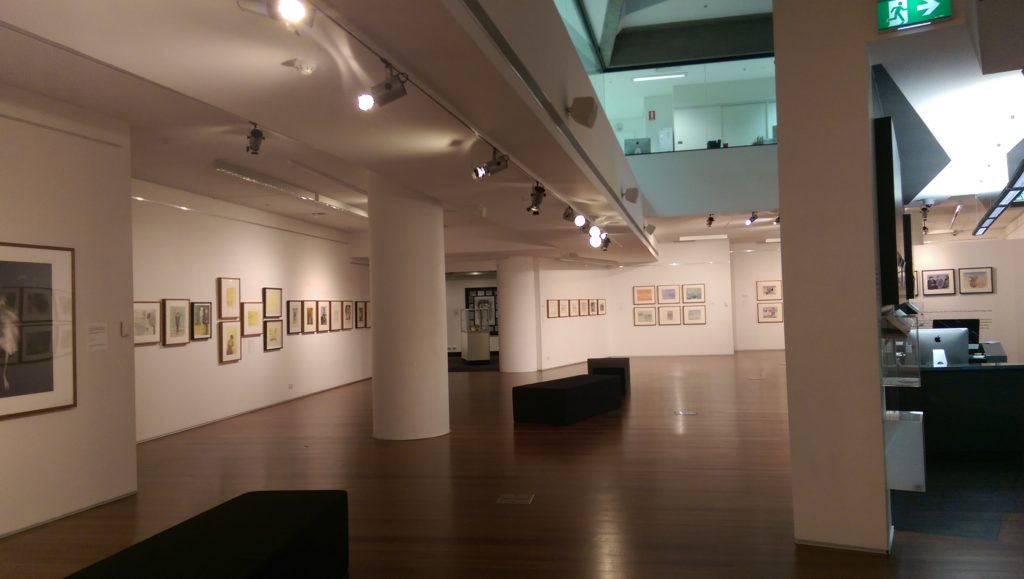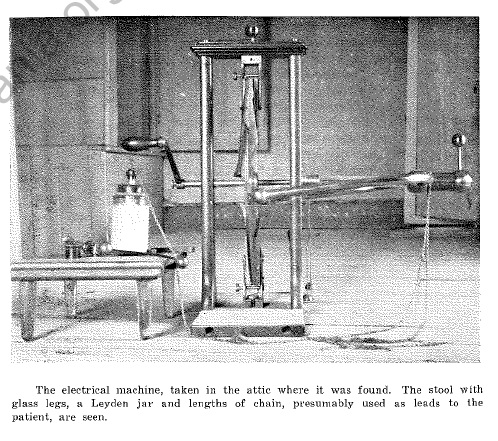The current agenda for the Derwent Valley Council has some interesting and exciting proposals that are up for discussion and consideration for the Councilors. The first is on page 40 of the 113 page agenda for a meeting held on the 15th September 2016.
In this proposal Associate Professor Heather Burke from Flinders University is looking for joint support for the archaeological works that are planned in 2017 through til 2022. There are plans for respectful engagement with community. The research aims are:
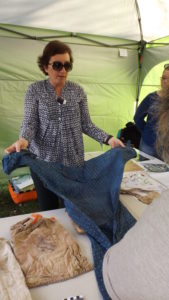
better understanding of the day to day life of patients and staff in the 19th and 20th centuries, the development of long and short term interpretive materials, community engagement, developing links between the site and other convict institutions and those portions of the site that are privately owned and training in techniques and processes for students.
The project has been designed along research lines to answer a number of research questions; focusing across a number of broad areas including:-
• The use of space and how this changed over time;
• Changes to the physical structures;
• Changes to medical treatments;
• Conditions for staff;
• The relationship between staff and patients and their experiences, and;
• The interactions and lives of individual patients in relation to their daily lives at Willow Court and Frascati.
A brief indicative timetable has been provided for the works to be undertaken each February between 2017 – 2022. The project outline for 2017 includes underfloor excavation and surface collection of materials in sections the Barracks, verandah and Ladies Cottage.
As there is a possibility of contamination due to some of the activities previously undertaken in part of the site, a soil analysis has been requested prior to any underfloor activities being undertaken, this will help to ensure the safety of those people involved in underfloor excavations. An estimate of costs involved has been provided.
Due to the means of construction, it will be necessary to lift the floor in certain sections of the Barracks building to allow access, and estimate for this work has been provided by a suitably qualified person. The lifting and reinstatement of the floor could form part of forward works for any restorations to be undertaken in that part of the building. The requests contained in the above recommendation are for works to be carried out in the 2017 year only, future works will be the subject of further recommendations.
The proposal includes public engagement activities and open days (with dates to be finalised), included in this request is assistance from Council regarding public engagement in these days and funding for advertising the open days etc. Council may wish to have further discussions with Associate Professor Burke regarding the detail of the proposed open days.
Although work is not proposed to start until February 2017, this recommendation has been submitted to allow time for the preparation of all required heritage and other approvals.
Council may wish to request that copies of these documents and a more detailed project plan be submitted prior to the commencement of archaeological works.
10.6 Archaeological Work at Willow Court and Frascati – Request for support
RECOMMENDATION
That the Council:-
1. Provide in principal support for future archaeological works under the supervision of
Associate Professor Burke to be undertaken at Willow Court and Frascati until 2022;
2. Provide the following assistance as requested by Associate Professor Burke for the
proposed works to be undertaken in February 2017:-
a. Marquees (or similar), tables and chairs to be used as shelter areas on the site,
for the display of materials and for students to undertake public engagement
activities;
b. Possible assistance with community engagement, including but not limited to
funding advertising regarding open days etc.;
c. Funding for interpretation materials , this may be a longer term project and
will be dependent upon what is discovered during the excavation period;
d. A secure storage area for any artifacts;
e. Possible assistance with the removal of dirt and debris after items of
archaeological significance have been removed;
f. A space for dirt that has bee removed to be sifted and examined, possibly the
small cement yard between the Barracks and C Ward;
g. A portion of costs associated with the removal of and reinstatement or
replacement of floorboards in the Barracks;
h. The cost of soil testing in the underfloor area to be excavated at the Barracks;
i. Accommodation for up to fifteen people for up to two weeks;
j. Barricading and coverings for trenches etc. to ensure public safety during this
period, and;
k. Back filling of excavations between field seasons.
3. Request a more detailed plan providing additional information regarding the nature
of the public engagement to be undertaken;
4. Be provided with a document detailing the finding following the completion of the
2017 field school.
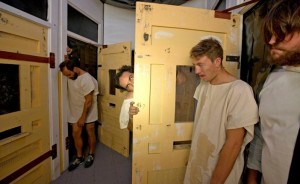 The second proposal is for a paranormal tour investigation.
The second proposal is for a paranormal tour investigation.
The proponents, it is believed have no formal qualifications in the areas of,
ethics,
science,
tourism,
workplace health and safety including risk assessment or
business.
Previous statements from representatives of the Derwent Valley Council have talked about a “professional approach” to the future activities on the site and the plans for the Agrarian Kitchen to take up a lease (signed lease 2-9-16) in the old Bronte Ward early in 2017 and the installation of Mike Parr’s work during Dark Mofo are proof that this is the line that is succeeding.
The proposal also calls for the rate payers to subsides the insurance on this event. This event is also to coincide with the release of a documentary which depicts previous residents and staff as “other than human”. This film was approved, funded and insured by the Derwent Valley Council in 2012.
Please read our position statement to these events HERE
The third proposal is from John Davidson and is part of the worldwide Photowalk program for people wishing to take photos with other like-minded professionals and amateurs alike.
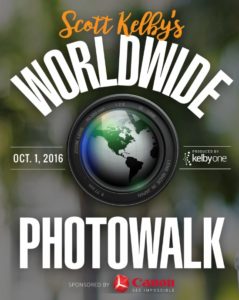 Date: 1 October 2016
Date: 1 October 2016
Purpose: 50 persons participating in 2016 Worldwide Photowalk event.
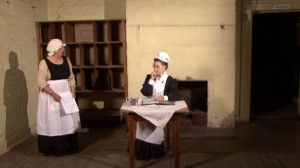 The last proposal is from the Friends of Willow Court and members of the Derwent Valley Players. The Friends of Willow Court had submitted a list of activities and has been waiting for some time for a reply from Council. Two plays are planned for November this year.
The last proposal is from the Friends of Willow Court and members of the Derwent Valley Players. The Friends of Willow Court had submitted a list of activities and has been waiting for some time for a reply from Council. Two plays are planned for November this year.
Three of these events will showcase the site and its history respectfully and I’m looking forward to hearing if the DVC can get the approval process in place within the time lines. It’s a bit strange that this hasn’t happened already?
